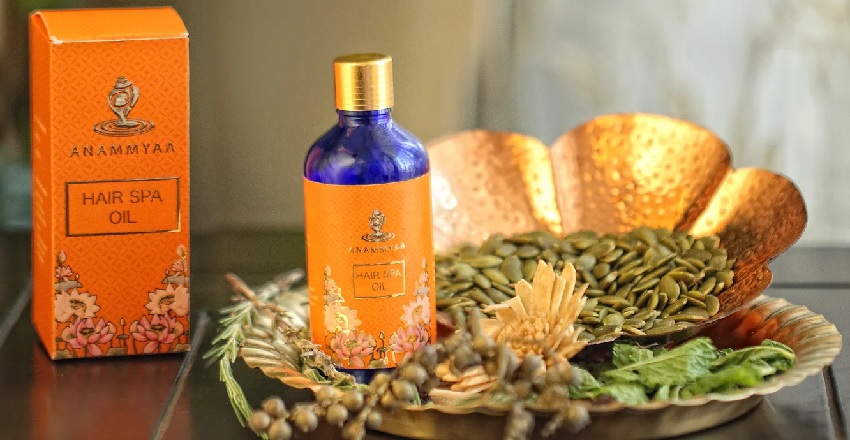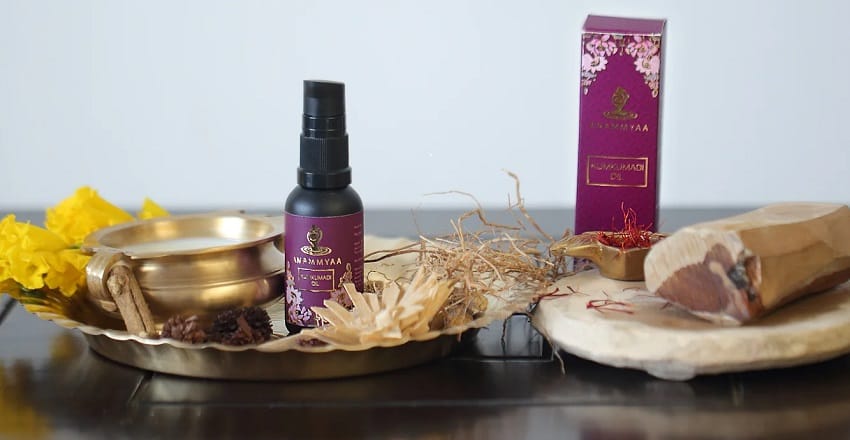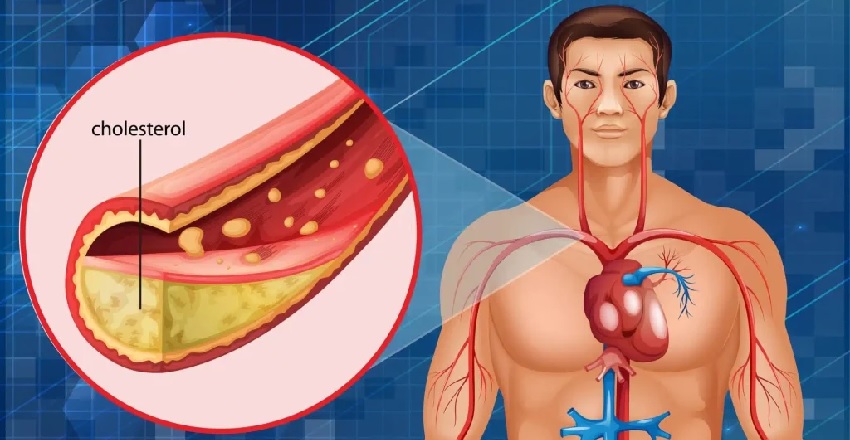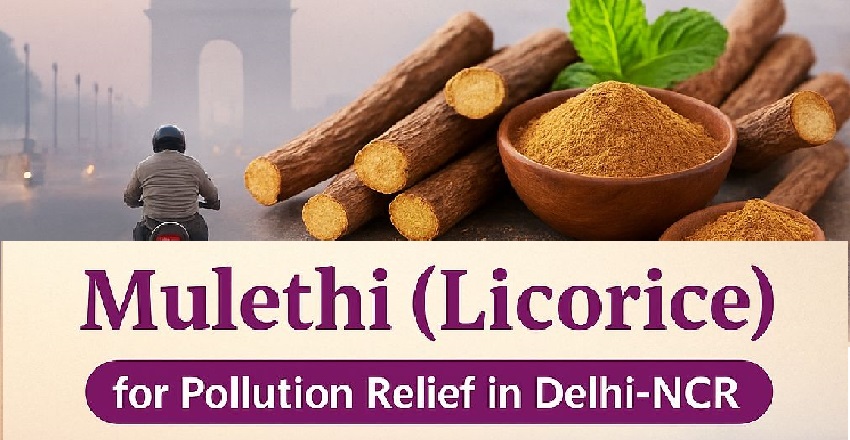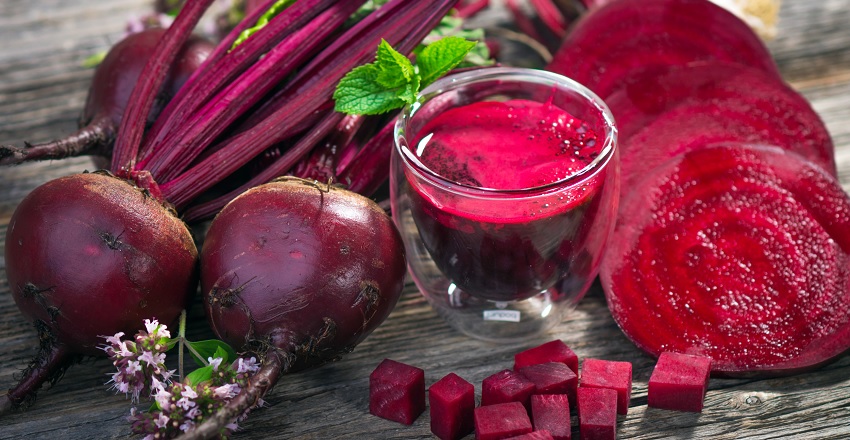A Natural Alternative to Chemical Hair Spa Treatments In today’s fast-paced world, hair is constantly exposed to pollution, stress, heat styling, and chemical products. To counter this damage, salon hair spa treatments have become popular, promising instant smoothness and shine. However, these results are often short-lived and come at the cost of long-term hair health. At Anammyaa Wellness, we believe that true hair care begins with nourishment, not concealment. Anammyaa Hair Spa Oil is an Ayurvedic formulation designed to heal, strengthen, and revitalise hair naturally, without the harmful effects of chemicals. Understanding Salon Chemical Hair Spa Treatments Most salon hair spa services rely on synthetic formulations to provide immediate cosmetic improvement. These treatments focus primarily on the hair shaft rather than the scalp, which is the foundation of healthy hair. Common characteristics of chemical hair spas include: Requirement of frequent and expensive repeat treatments While the hair may look smoother initially, repeated chemical exposure can lead to increased hair fall,… Continue reading Anammyaa Hair Spa Oil


